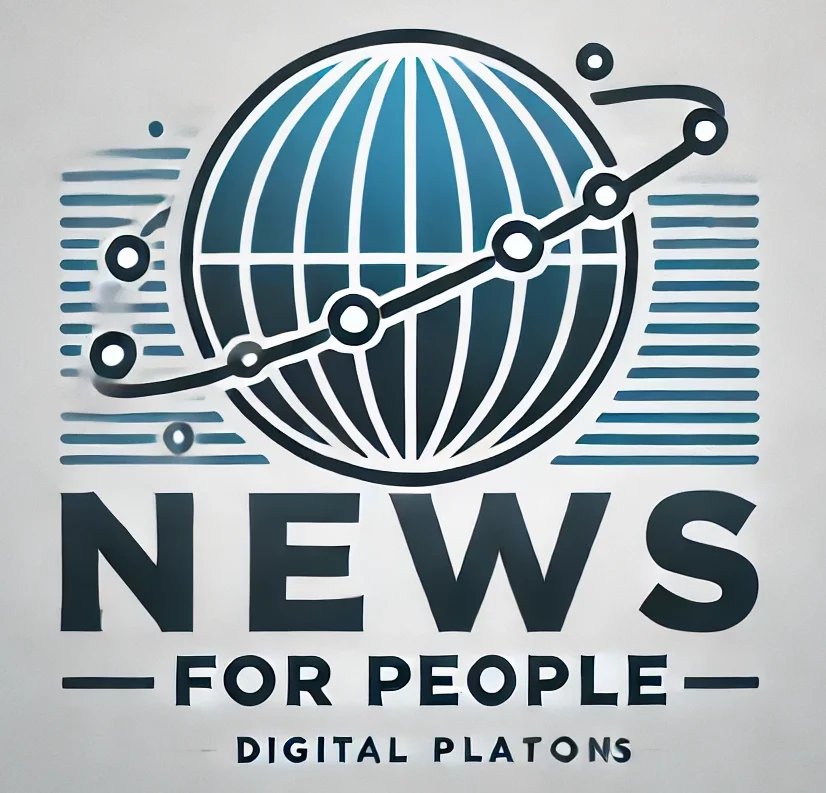The workplace has undergone a massive transformation in recent years. What started as a temporary shift to remote work during global lockdowns has now evolved into a long-term movement — one that’s changing not only where we work, but how we work. Thanks to advances in technology, the future of collaboration is being built inside virtual offices and digital environments known as the metaverse. This shift is redefining teamwork, communication, and workplace culture in ways we’re just beginning to understand.
From Remote Work to Virtual Presence
Remote work has become a common reality for millions of people around the world. But while it offers flexibility, it also brings challenges: isolation, lack of engagement, and communication gaps. That’s where virtual offices and metaverse platforms come in. They aim to bring the social and interactive elements of the physical office into the digital world.
Imagine logging into a virtual workspace where your team members are represented by avatars. You can walk over to a digital desk, have a “face-to-face” chat, share presentations on a virtual whiteboard, or hold a group meeting in a 3D conference room. It may sound futuristic — but it’s happening right now.
What Are Virtual Offices?
Virtual offices are online environments designed to mimic the structure and flow of real offices. They include:
- Digital meeting rooms
- Interactive workspaces
- Shared whiteboards and files
- Real-time audio and video communication
- Avatar-based presence and movement
These platforms go beyond traditional video calls by creating a sense of space and movement. Instead of scheduled calls and endless chats, you can casually “bump into” coworkers, drop by their desk, or invite them for a quick talk — just like in a real office.
The Role of the Metaverse in Workspaces
The metaverse is a broader concept — a shared, immersive digital universe that blends virtual reality (VR), augmented reality (AR), and the internet. In a work setting, it allows teams to:
- Hold immersive meetings in 3D environments
- Collaborate on virtual prototypes or models
- Host events and training sessions with interactive elements
- Build culture through social hangouts and virtual celebrations
Metaverse workspaces create a more engaging experience. They allow people to express personality through avatars, decorate their virtual desks, and “meet” coworkers from anywhere in the world. This leads to a stronger sense of belonging and connection.
Benefits of Virtual Collaboration Platforms
The shift to virtual offices and metaverse platforms offers several key benefits:
1. Increased Flexibility
Employees can work from anywhere while still feeling connected. Time zones and physical locations become less of a barrier.
2. Better Engagement
Interactive environments help prevent “Zoom fatigue.” They make meetings more dynamic and natural, reducing the sense of distance.
3. Enhanced Creativity
3D tools and shared digital spaces encourage brainstorming, design, and visual communication. Teams can “see” ideas come to life together.
4. Cost Efficiency
Virtual offices reduce the need for expensive physical spaces, saving money on rent, utilities, and commuting costs.
Challenges to Overcome
Of course, the future of work also comes with challenges:
- Technology Access: Not everyone has access to VR headsets or high-speed internet.
- Learning Curve: Adapting to new platforms takes time and training.
- Security and Privacy: Digital workspaces must protect sensitive information.
- Fatigue: Too much time in virtual spaces may lead to burnout if not managed well.
Balancing innovation with employee well-being is key.
The Human Side of Virtual Work
Even in the most high-tech environments, human connection remains vital. Virtual offices must not only support productivity, but also help build relationships, encourage casual conversations, and support mental health. Adding features like break rooms, “walk and talk” paths, or celebration spaces can make remote work more humane and enjoyable.
Managers play a crucial role, too. Leading in a virtual environment requires empathy, active communication, and creative ways to keep teams motivated and united.
What the Future Looks Like
As technology improves and digital-native generations enter the workforce, we can expect more hybrid environments — a mix of physical and virtual spaces that adapt to people’s needs. Meetings might include in-person participants, holograms, and avatars, all in one room. Offices may become places for collaboration and creativity, while deep work happens at home or in the cloud.
Virtual reality, artificial intelligence, and real-time collaboration tools will continue to evolve. The goal isn’t to replace humans with machines — it’s to make work more accessible, connected, and meaningful.
Conclusion: A New Era of Collaboration
The future of remote work is not just about working from home — it’s about reimagining how we collaborate, create, and connect. Virtual offices and metaverse platforms are leading this change, offering exciting new ways to interact and work together.
While there are challenges to solve, the potential is enormous. If designed thoughtfully, these digital spaces can help teams feel more united, empowered, and inspired — no matter where in the world they are.

